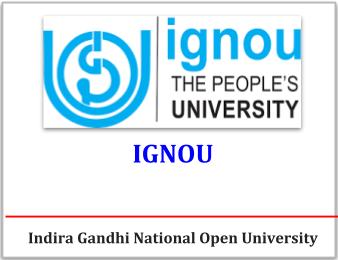(HOT) UPSC Current Affairs 2025 PDF
NEW! The Gist (NOV-2025) | E-BOOKS
IGNOU HISTORY NOTES : India Earliest Times to the 8th Century A.D - Economy,Society and Polity:Guptas

IGNOU HISTORY Study Notes for IAS, UPSC Exams
India Earliest Times to the 8th Century A.D
Economy,Society and Polity:Guptas
Structure
33.0 Objectives
33.1 Introduction
33.2 Administration under the Guptas
33.2.1 King
33.2.2 Council of Ministers and Other Officials
33.2.3 Army
33.2.4 Revenue Administration
33.2.5 Provinces, Districts and Villages
33.3 Economy
33.3.1 Agriculture
33.3.2 Crafts Production and Trade
33.4 Society
33.5 Let Us Sum Up
33.6 Answer to Check Your Progress Exercises
33.0 OBJECTIVES
After reading this Unit you shall be able to know about:
- the administrative set-up of the Guptas,
- the economic conditions under the Guptas in relation to agriculture, crafts production
- and trade, and
- the various aspects of social life during this period.
33.1 INTRODUCTION
After having made you familiar with an outline of the political history of the Gupta period
(Unit 32) we now take up certain other aspects of this period. There are a variety of sources
which tell us about economic, social, administrative and cultural aspects of this period.
These sources of information are: (i) inscription written on different materials like copper
plates, stone, clay seals; (ii) coins issued by rulers of different dynasties; (iii) material from
excavations; (iv) contemporary literature; and (v) accounts left by foreign travellers like
Fa-Hien.
In this Unit we shall tell you about the administrative set-up adopted by the Guptas. It will
also deal with the economic activities of the period and with different sources of state
revenue. The Unit also discusses the social conditions during this period.
33.2 ADMINISTRATION UNDER THE GUPTAS
We have already mentioned in Unit 32 that the Gupta kings did not interfere in the
administration of those regions where the kings had accepted their suzerainty. However, this
does not mean that the Guptas were ruling only through their feudatories. They had an
elaborate administrative system which was in operation in areas which were directly
controlled by them.
33.2.1 King
The King remained the central figure of administration. However, there was a considerable
change in the character of monarchy. We find that the Gupta monarchs adopted high
sounding titles like: Paramabhattaraka, Parama-daivata, Chakravarti, Paramesvara,
etc. For example, the Allahabad Prasasti of Samudragupta describes him as "equal to the
gods: Dhanada (Kubera), Varuna (Sea-God), Indra and Antaka (Vama), who had no
Click here to download full Chapter
Courtesy: eGyanKosh


